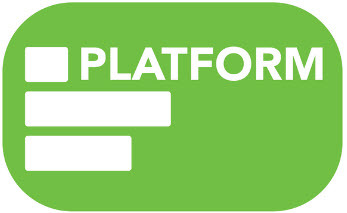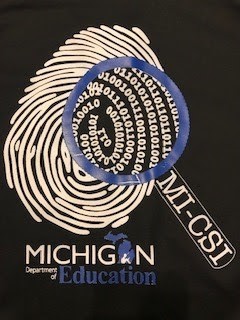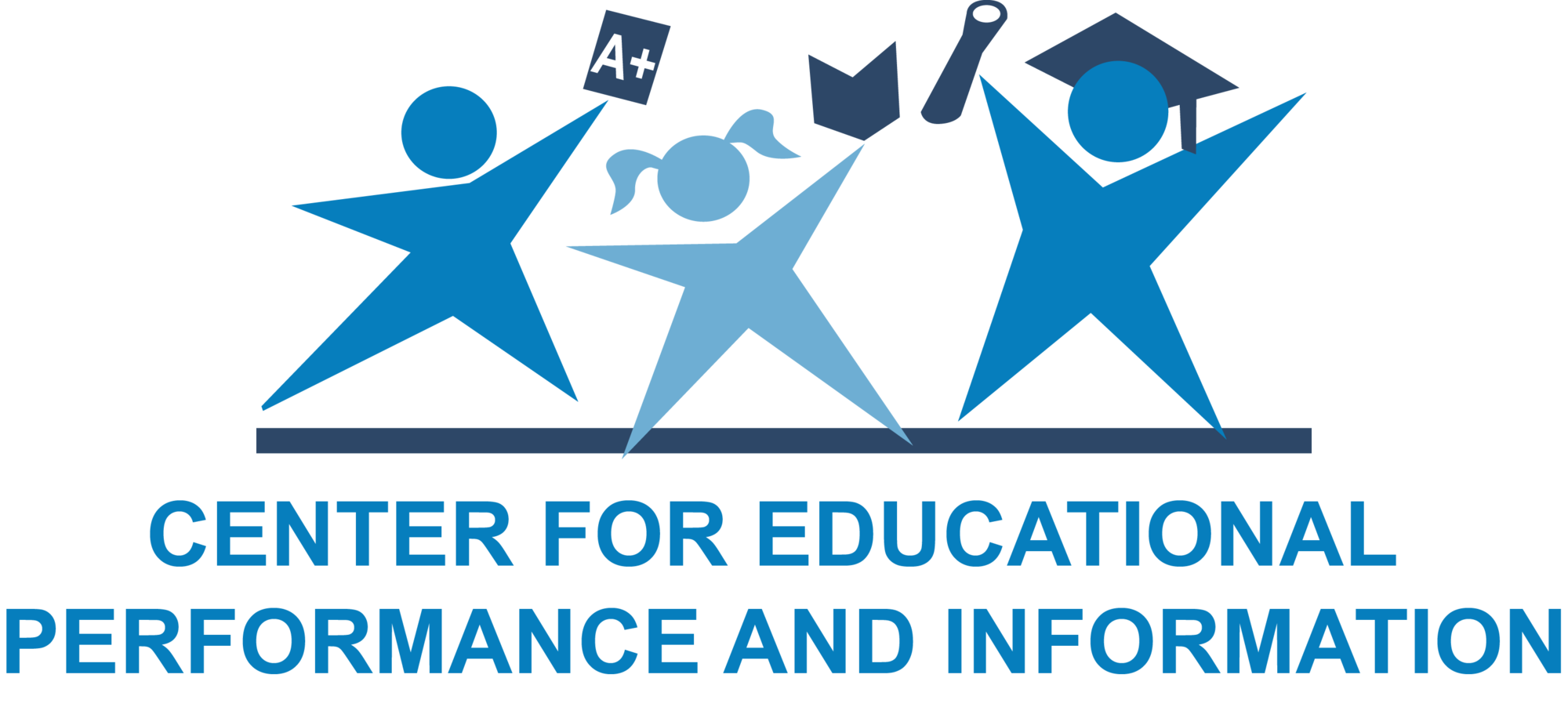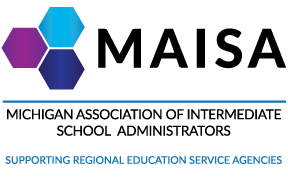April 22, 2021 MICIP Continuous Communication
Michigan Department of Education sent this bulletin at 04/22/2021 04:10 PM EDT |
|
Having trouble viewing this email? View it as a Web page. |
In this Issue of MICIP Continuous Communication
This issue of MICIP Continuous Communication includes a preview of the upcoming data templates, information about updates that are available on the MICIP web page, professional learning about managing change, and more!
 Data Set Templates are coming!
Data Set Templates are coming!
A Data Set Template is a pre-built set of data to help districts begin an area of inquiry when creating a data story. Since ISDs support districts around data when creating the continuous improvement plans and, therefore, are familiar with various data sources, they have been trained in how to create templates.
On April 14 the Statewide Field Team and MDE co-presented about the process for creating data set templates. All materials related to data template creation are available in the Resource Section on the MICIP website (see below).
In addition, no later than May 24 there will be a catalog of data set templates, making it easier for districts to review the choices in each focus and sub focus area. The catalog will be updated every Monday.
- If anyone would like to submit a data set template, they are welcome to do so by following the submission criteria found in the Data Set Template Guidance document on the website.
- All submitted data set templates will be reviewed prior to being placed in the in the MICIP platform and will be accessible to anyone who has authorized access in MICIP.
Thank you to the Statewide Field Team for their help in developing the process and the tools.
 MICIP Web Site Update
MICIP Web Site Update
Coming soon to the MICIP web site:
- On the Professional Learning page under Equity you will find Dr. Seena Skelton’s 2020 Continuous Improvement Conference presentation entitled, “Leading for Equity: How leaders move beyond “school improvement” to school transformation toward a just, including, and quality education for all.”
- In the MICIP Resources under MDE Resources, Guides/Tools, you will find the materials related to the Data Set Template Webinar for ISDs. You will also find these under Current Topics on the opening page. (See article above for more information.)
Available now on the MICIP web site:
- The March 11 Continuous Communication contains an article regarding “Shifting the Mindset Around Setting Goals.” This article has now been turned into Learning Bite 4A and can be accessed on the MICIP Learning Bites page which can be accessed from the MICIP Professional Learning page under MICIP Process, Overview & Setting the Stage, the first link is MICIP Professional Learning Bites.
 Engaging in Continuous Improvement – Managing Change
Engaging in Continuous Improvement – Managing Change
Part of engaging in continuous improvement includes managing the change process.
Change has been defined in a number of ways; in his book Managing Transitions, William Bridges defines it as “the external event or situation that takes place to advance the system.” It is also important to understand that change is a natural process, and that understanding is the first step in helping stakeholders navigate thought any change process that is occurring or will occur.
Understanding change involves realizing that a desired change moves a person, group of people, culture, structures, and systems form one point to another while creating the conditions for future organizational success.
When thinking about the continuous improvement process, it is critical to understand the following:
- Continuous improvement is by its very nature a process of change.
- It is critical for continuous improvement team members to understand how the change process impacts continuous improvement.
- Change impacts both individuals and systems.
- Identifying and assessing how change impacts the organization is critical to the planning process and, ultimately, to successful continuous improvement.
One way to think about change is to distinguish between change and transition.
- Change is a shift in the external situation while transition is the internal personal adaptations that people make in response to change.
- Transition generally occurs in phases.
When managing transition during change, it’s important to remember the following:
- Supporting members of the organization during transition requires a thoughtful, organized, people-centered approach.
- Phases of transition may occur at different points throughout the continuous improvement process.
- Change frequently surfaces emotion, and it is critical for the continuous improvement team to understand and acknowledge personal emotions during the various phases.
According to Bridges, the three phases of transition include endings, the neutral zone, and new beginnings.
- Phase 1 - Endings – During this phase, people are forced to let go of things they are comfortable with, including relationships, processes, team members, and/or locations. During this phase, emotions may include anger, denial, fear, frustration, and uncertainty. To support this phase, it is important for leaders to acknowledge emotions, accept resistance, communicate openly about what is expected to happen, listen empathetically, and help stakeholders imagine a positive future state.
- Phase 2 - Neutral Zone – During phase two, psychological realignments and repatterning take place and new processes are created. Intensive support from leaders during this time is critical. During this phase, emotions may include anxiety, low morale and low productivity, and skepticism about or resentment toward change initiatives and actions. To support this phase, it is important for leaders to communicate regularly to give feedback on performance, acknowledge quick wins and provide “morale boosters,” set short-term goals and remind the team of the future goals, and communicate acceptance of feeling uncertain or unsettled.
- Phase 3 – New Beginnings – This phase is marked by acceptance, with new beginnings being rooted in new understandings, values and attitudes and anchored in a renewed sense of energy toward organizational change. During this phase, emotions may include high energy, openness to learning, and renewed commitment to organizational goals, processes, and actions. To support this phase, it is important for leaders to reward the team, celebrate the desired change that has occurred even if only an incremental step toward the final goal, and highlight success stories.
So how does an organization get ready for the change that is part of continuous improvement?
Getting ready for managing such change requires the following:
- Understanding that establishing readiness is necessary for successfully initiating and executing change initiatives during the continuous improvement process.
- Understanding of the change process and of key actions necessary to create organizational readiness.
- A collective commitment and coordinated approach from the district and school levels.
To that end, it is important that district leaders understand the process for assembling a continuous improvement team and ensuring that essential perspectives are represented on the team, have a knowledge of the change process and of the elements that need to be present to successfully implement change, understand district and school leadership capacity and ability to facilitate change, provide professional learning for the continuous improvement team on the change process, and identify a person with an understanding of the change process as well as of the continuous improvement process to facilitate continuous improvement efforts.
As you engage in planning for continuous improvement, consider the following:
- What learning might your team need to do to fully understand the impact of change suggested by your continuous improvement plan?
- Considering the impact of change, what might your team embed in the continuous improvement process to ensure successful implementation of your continuous improvement plan?
Next Issue: Understanding First and Second Order Change
 Thanks to the Michigan Continuous Systems Improvement (Mi-CSI) Team!
Thanks to the Michigan Continuous Systems Improvement (Mi-CSI) Team!
Thanks Mi-CSI Team for the information above. Look for a toolkit in the near future containing more information and tools to facilitate a conversation around change.
Please Share Continuous Communication
Please feel free to forward Continuous Communication to anyone you feel would like to receive information and updates about MICIP. To subscribe or unsubscribe, please click on this link.
Previous issues of MICIP Continuous Communication are available on the MICIP web page.
Feedback is Essential for Continuous Communication!
Have a question, an idea, a suggestion, or a compliment? The MICIP team is always eager to hear your feedback! Send us an email using the MICIP email address (mde-micip@michigan.gov).



